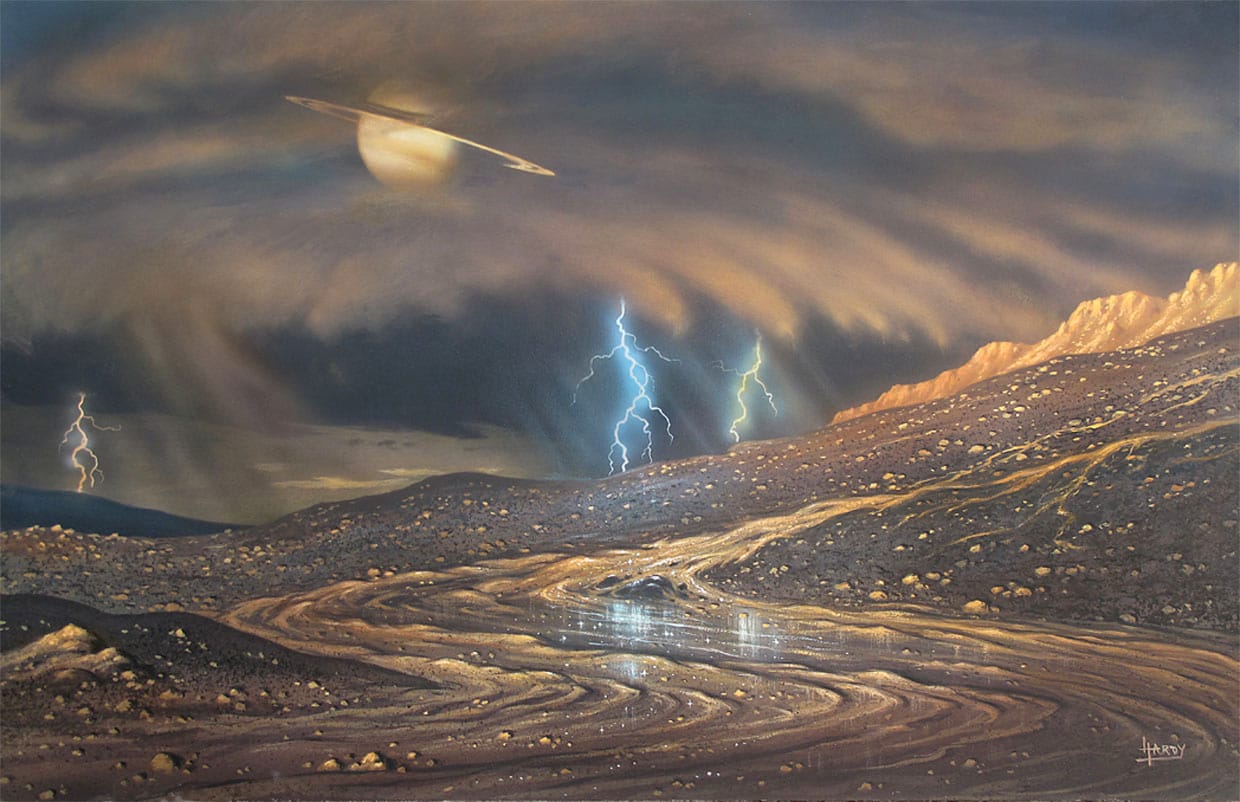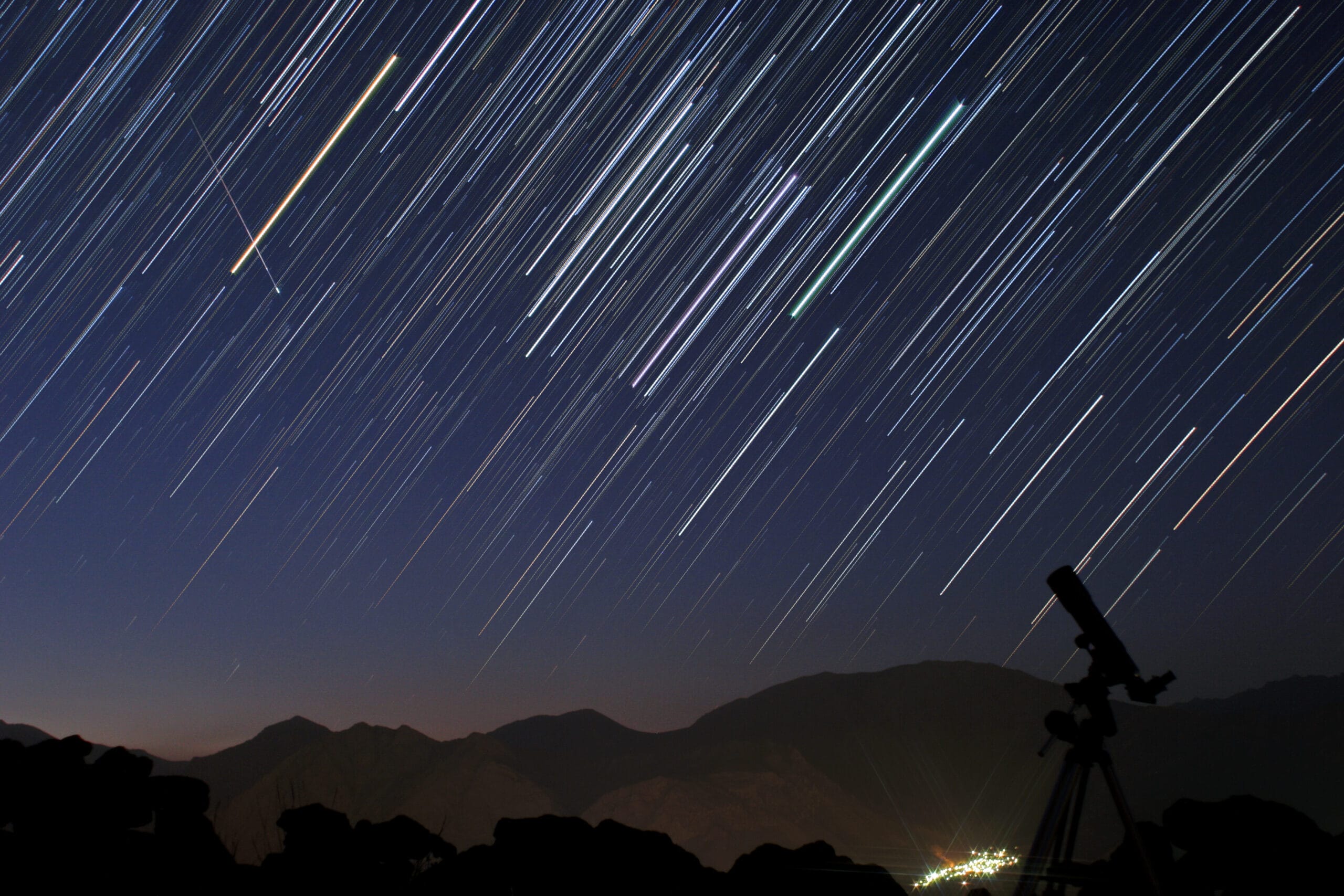Tonight, the night skies above Earth are set to dazzle with a rare cosmic treat as Jupiter and the Moon come into close proximity, forming a visually breathtaking conjunction. These two bright celestial bodies are among the most luminous objects in the night sky, and their alignment promises a spectacle that will capture the imagination of stargazers and casual viewers.
The Moon, currently in its gibbous phase, will act as a guiding beacon toward Jupiter, the largest planet in our solar system. Jupiter, known for its massive size and striking bands of clouds, will shine brightly alongside the Moon, creating a dramatic cosmic pairing. This alignment will be best observed shortly after sunset, as the Moon and Jupiter rise higher into the southeastern sky.
Experts recommend finding a dark spot away from city lights for optimal viewing. The celestial dance will peak mid-evening when the Moon and Jupiter are nearly overhead in most regions worldwide. Both celestial objects will be bright enough to observe with the unaided eye, though those equipped with binoculars or a telescope may notice additional details such as Jupiter’s four largest moons or the varying craters and seas on the lunar surface.
What makes this event even more intriguing is the anticipated arrival of Mars later this weekend. The Red Planet, known for its distinctive hue, will appear within the same vicinity, offering yet another spectacle for astrophotography and night-sky enthusiasts. However, its arrival also signifies the end of the close bonding moment between Jupiter and the Moon, earning it the poetic imagery of Mars “breaking them apart.”
This configuration, while visually stunning, is not an uncommon event in astronomy. Celestial bodies frequently appear to align in the sky due to their relative positions in their respective orbits. For this October alignment, skywatchers can thank the shared orbital plane of our solar system, known as the ecliptic, which acts as a cosmic highway along which the planets, Moon, and Sun travel.
Such moments are reminders of the vastness and predictability of the cosmos. For centuries, astronomical events like this have not only inspired awe but also driven curiosity about our place in the universe. Whether you’re an experienced astronomer or someone taking a first glance skyward, tonight’s conjunction offers a prime opportunity to connect with the cosmos.
Cloud cover could pose a challenge in some areas, so it’s advisable to check local weather forecasts before heading out to observe. For those unable to view the event due to unfavorable conditions, several online platforms are likely to livestream the cosmic occurrence, ensuring no one misses out on this stunning display.
As you gaze skyward tonight, take a moment to appreciate the rarity and beauty of this alignment. Jupiter and the Moon’s fleeting embrace, soon to be disrupted by the fiery presence of Mars, offers a brief but brilliant reminder of the motion and interplay between celestial bodies. This is a spectacle that will only last a few nights, so make sure to seize the opportunity to witness this moment of cosmic drama.



